NFTs: Meaning of Non-Fungible Token Explained
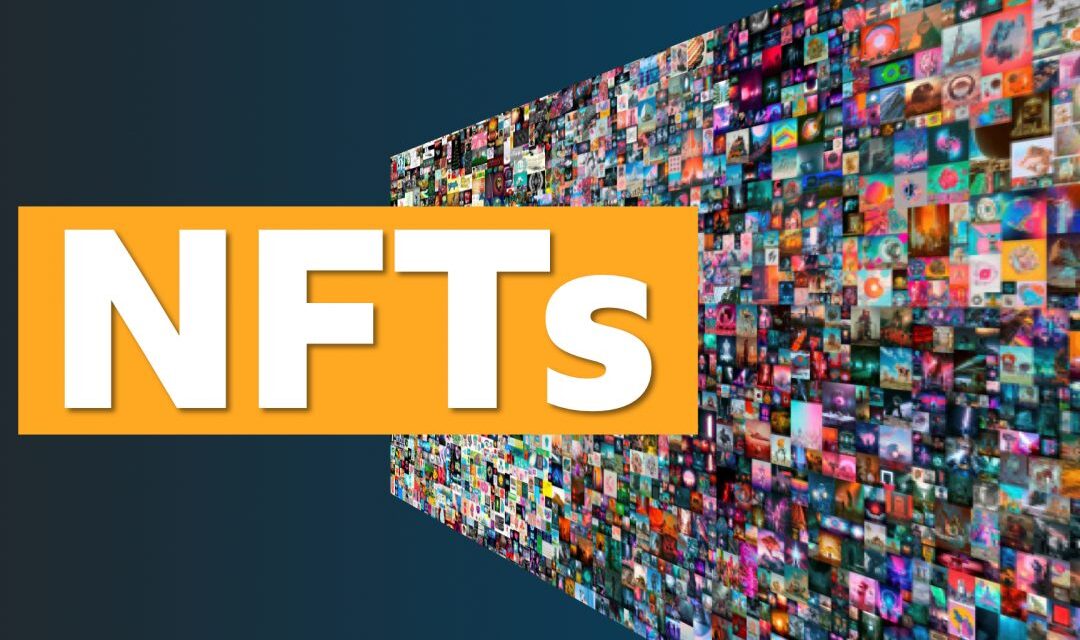
If you have spent some time online, then you may have come across the word NFT or have maybe seen NFTs – but what exactly are they?
NFTs can be intimidating to the average layman. Still, FG|PG has dug into the NFT world to understand better how this new trend can affect the virtual world and the experiential marketing industry. As we continue to navigate further into a digital rabbit hole, NFTs have been considerably difficult to ignore, especially when digital connoisseurs are making millions from modest selfies and digitizing their artwork.
There’s also a lot of noise from skeptics and critics surrounding the developing tech, namely, involving plagiarism or copy minting and the general cost of the blockchain operation. It isn’t easy to comprehend what this means and why it’s essential for every industry involved in entertainment and marketing. Let’s begin by stating that NFTs have a solid connection to the new rising trends of cryptocurrency, blockchain technology, and the Metaverse as we know it. NFTs are not new to the digital realm and have only recently blown up since the pandemic’s start. A staggering $174 million have circulated into NFTs since November 2017; case in point, it is a huge deal. FG|PG has taken the initiative to educate the experiential event industry about the ever-changing digital world and the fruits of labor that it has to offer.
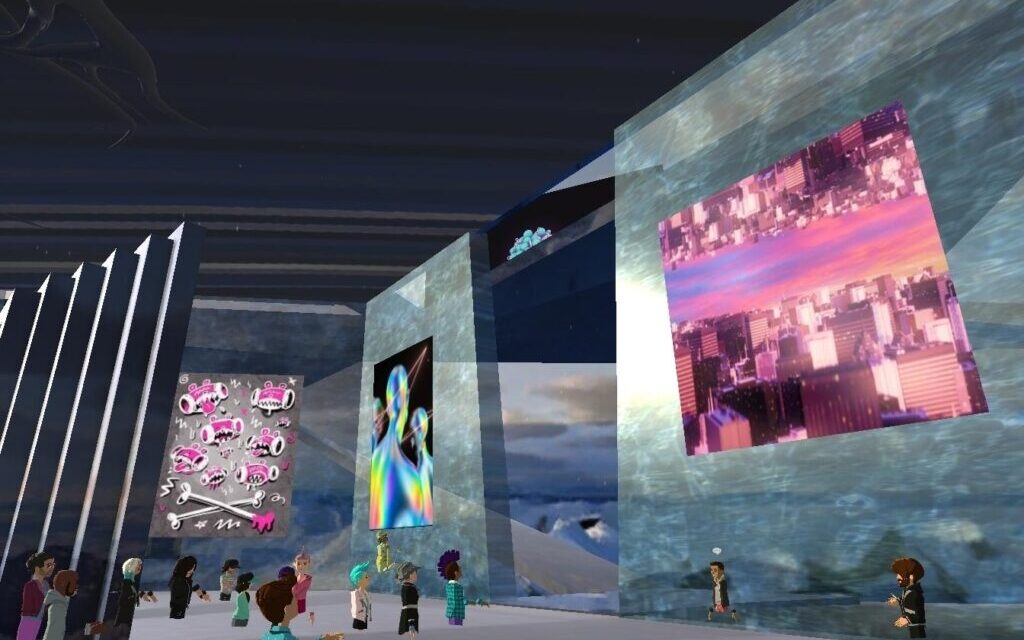
In a nutshell, what are NFTs?
Although you may have seen an NFT floating around the internet while scrolling through your social feed, it may very well be that you still have difficulty wrapping your head around what it is or what it means.
NFT stands for Non-fungible Token. Break it up into two definitions to further expand the meaning. The ‘Non-fungible’ part represents everything unique and cannot be replicated, similar to Leonardo da Vinci’s painting of the Mona Lisa. On the other hand, Fungibility refers to digital assets that can be traded interchangeably. For instance, cryptocurrency is a fungible token that can be sold and still be the same digital asset.
On the contrary, NFTs are quite the opposite; they are non-fungible, therefore, cannot be replicated. Furthermore, ‘Token’ pertains to its digital form and knowledge protected by blockchain technology. NFTs as tokens on the blockchain represent digital ownership.
“NFTs are pieces of information on a blockchain that’s represented in an interactive format with visual representation,” says Nick Donaraski, CEO of blockchain technology, ORE System.
As an ordinary online participant, this helps illustrate the origin of NFTs and their name, but let’s break it down even further.
Essentially, an NFT is a digital asset protected from being copied due to its timestamp on the blockchain. But what can exactly represent an asset as an NFT? NFTs come in all sorts of shapes, sizes, art forms, etc. They can take shape in either a physical or digital variety. They can range from anything like a title of ownership to an asset. However, all the recent buzz derives from its expansion into the world of gaming, retail, real estate, music, and sports. Even though trading has been accessible since 2014, NFTs are gaining popularity because they are increasingly common to buy and sell digital artwork. While the most common example of NFTs today is digital artwork, they can also come in GIFs, songs, videos, tweets, digital skins for games, or even celebrity headshots. Ultimately, artists create NFTs, which are then traded in the marketplace in hopes of their value rising in the future, similar to crypto trading or stocks in the stock market.
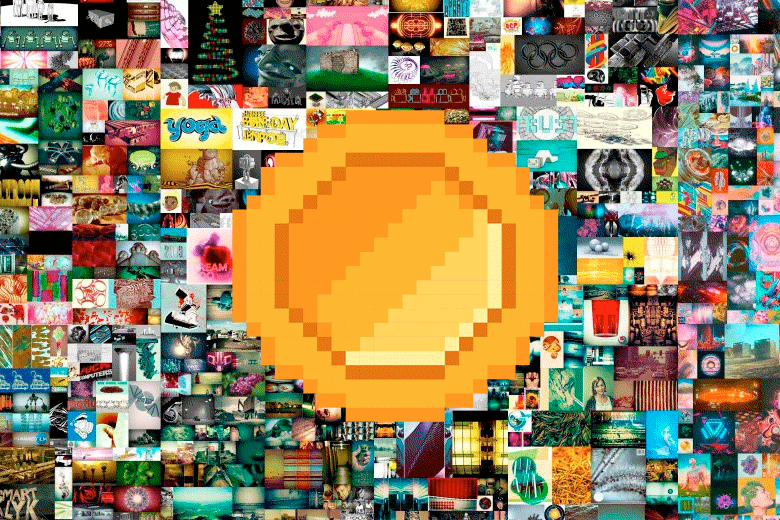
Popular NFTs Today
Although NFTs can come in various forms, like previously stated, they represent digital ownership. The most popular forms of NFTs come in the form of artwork copies, which at times cannot mean much more than just owning a piece of artwork that you can display. However, admirers could be supporting the artists they admire. Some spectators buy NFT art as an investment—much like in the traditional non-blockchain-based world. Not only are NFTs physically displayed, but they are now traditionally being used in the Metaverse to create virtual art exhibits and galleries.
Additionally, an NFT can also come in the form of a digital plot of land in the Metaverse. NFTs have taken a considerable turn to become more than just individual pieces, but are not becoming collectibles. Here are just some of the most popular NFTs today, according to OpenSea, the world’s first and largest NFT marketplace:
1. Cryptopunks
2. Azuki
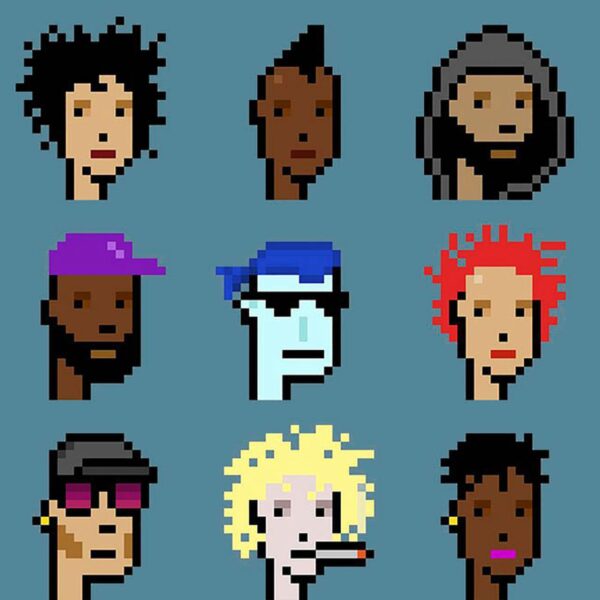

3. Tasty Bones
4. Bored Ape Yacht Club
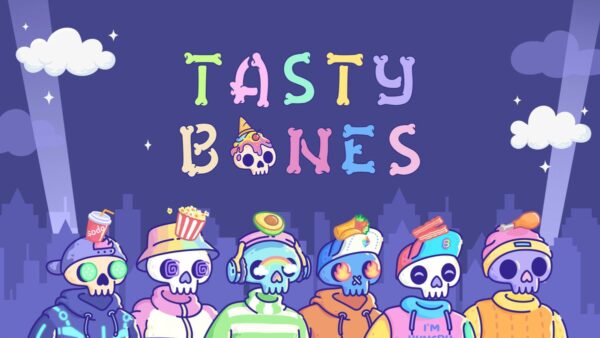
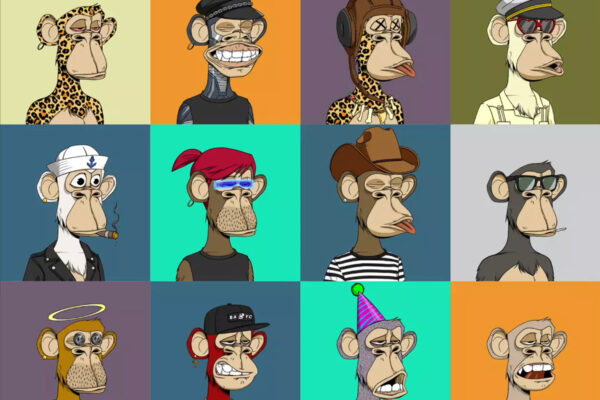
5. Edenhorde

The Future of NFTs and Events
All the rising trends in the tech space from crypto to blockchain tech and the new tools expected to be integrated into the Metaverse are blooming – but what role will NFTs play for the future of the internet? As of late, the media portrays NFTs as overhyped illustrations, GIFs, videos, and art, but there is much more than meets the eye with NFTs. Shortly, to be mainly used to authenticate a transaction, saving money, time, and confusion. “The power of NFTs is in the authentication. If you think about it, everything in our economy is transaction-based, even an email, a payment, or sending money, these are all transactions, and for them to be official, they need to be authenticated,” says Dr. Merav Ozair, a leading global expert on Blockchain and Cryptocurrency. Ultimately, experts and buyers are leading by molding NFTs into the future of authentication for all things digital.
Buckle up, and enjoy the ride. As the Metaverse continues to take shape, before you know it – the power of VR will be the primary tool for navigating Internet purchases, gaming, business, and more. We’re ready, are you?
We are a unique collective of ambitious makers, doers, and dreamers that work as one to push forward the power of what’s possible.
FG|PG was founded nearly 21 years ago. Today we’re one of the largest woman-owned, WBENC Certified, live, hybrid and virtual experiential agencies in the US. That trajectory isn’t accidental. It’s the result of a commitment to continually evolve, to never stop learning, and to always listen to our clients’ needs.